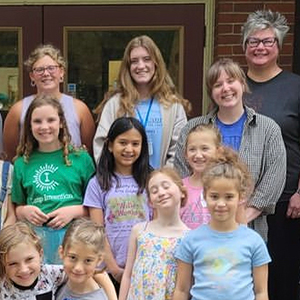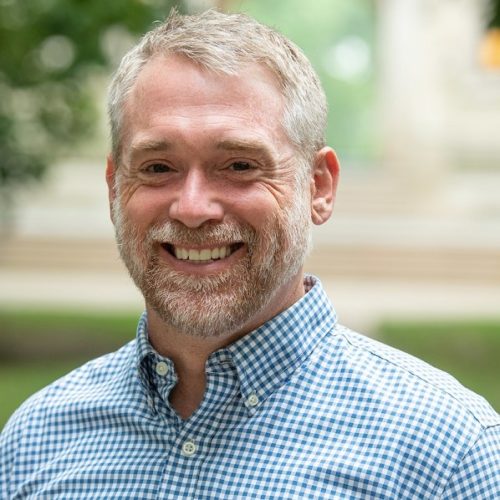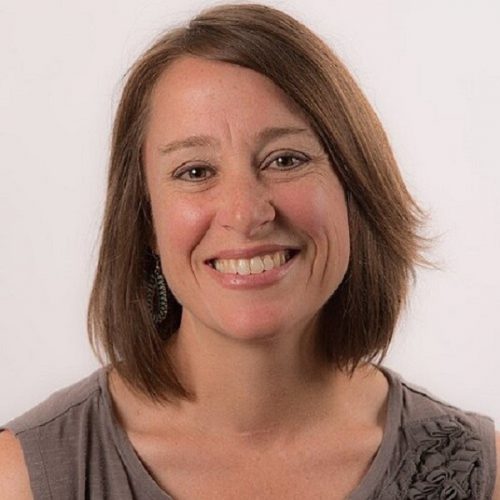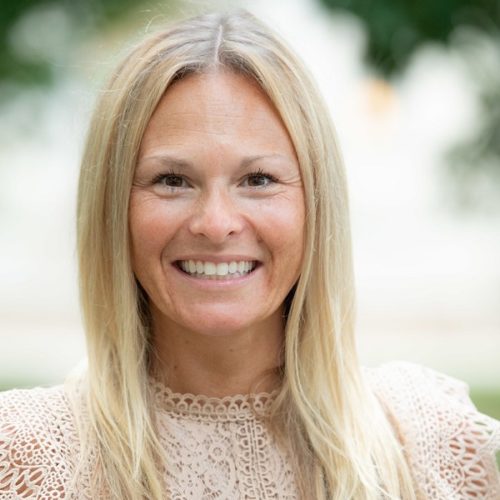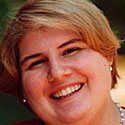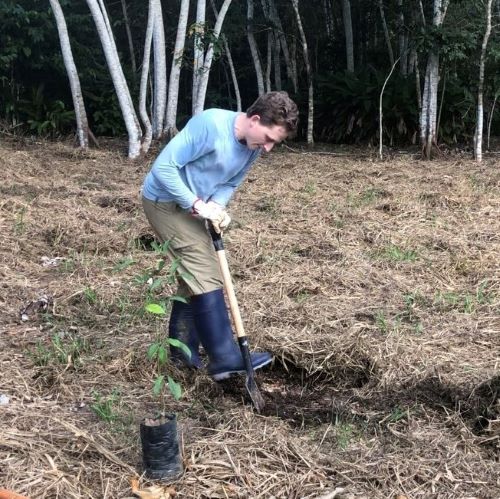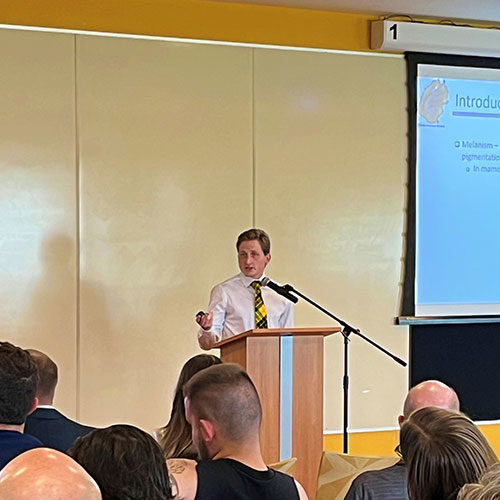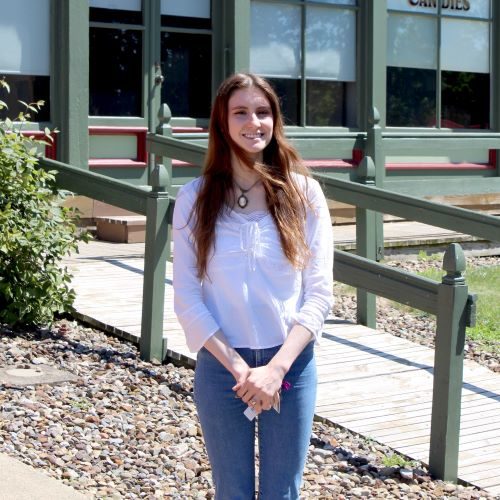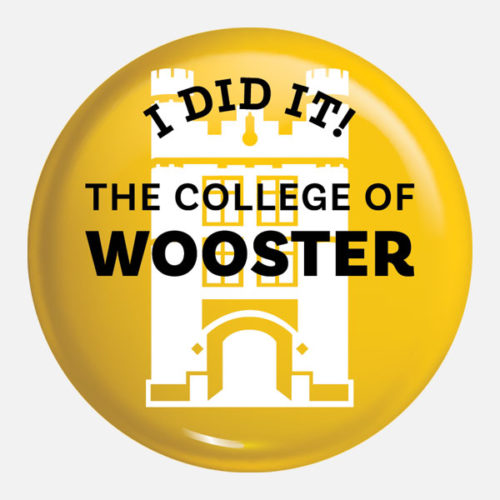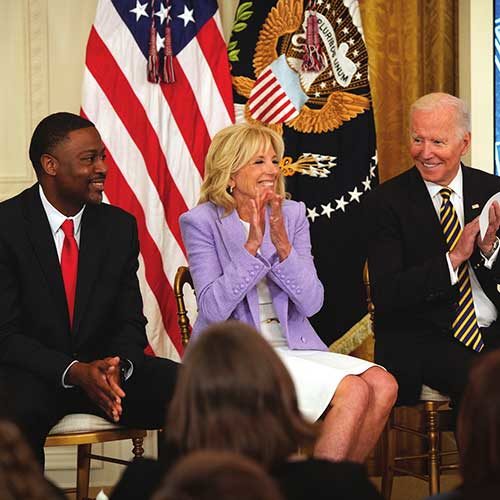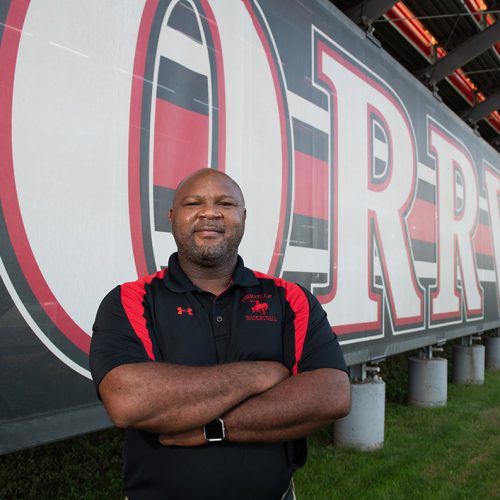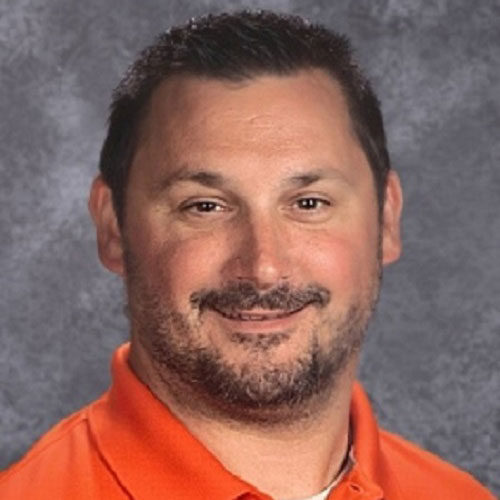Measure 1: Completer Impact and Effectiveness (R4.1)
Completer impact in contributing to P-12 student learning-growth AND completer effectiveness in applying professional knowledge, skills, and dispositions.
Measure 2: Satisfaction of Employers and Stakeholder Involvement (R4.2|R5.3)
Satisfaction of Employers
In 2016, the Ohio Department of Higher Education (ODHE) developed a valid survey instrument and administered it across the state for EPPs. However, due to low response rates, EPPs now administer the Employer Survey, and Ohio University collects the data and shares state means with EPPs. State benchmark data for 2022 will be available in early Summer 2022 and will be added to this report at that time.
Stakeholder Involvement
The Department of Education at the College of Wooster engages stakeholders through various means. One such means is our External Advisory Board (EAB), which is composed of professionals such as teachers, principals, superintendents, and central office administrators. We rely on this board to provide input on critical decisions such as curriculum and assessments. Additionally, we convene an Internal Advisory Board (IAB), which comprises liaisons, administration, and other representatives from departments such as library, APEX, athletics, and admissions. This group helps us evaluate our programmatic needs and assess our impact across campus. In Fall 2021, we had two meetings, on November 18, 2021 and December 7, 2021 where we sought their expertise to inform our practice. The agendas from these meetings showcase the various ways we utilize their insights.
In the Spring of 2022, the department collaborated with our external partners to author, and eventually secure a $375,000 grant for high-dosage tutoring in our local community.
Measure 3: Candidate Competency of Program Completion (R3.3|R3.4)
Title II Section 207 of the Higher Education Act (HEA) requires states, as recipients of HEA funds, and all institutions with teacher preparation programs that enroll students receiving federal financial assistance, to prepare annual reports on teacher preparation and licensing. The reports detail the enrollment and completion of our candidates.
College of Wooster graduates exceed the mean scores required for their licensure exams. Measures of competency at completion include demonstrated mastery of planning, teaching, and assessment for all candidates.
Measure 4: Ability of Completers to be Hired in Education Positions for Which They Have Been Prepared
Data gathered is related to completers employment in teaching positions for which they were prepared in year one and year two after graduation. Several of our completers teach outside of Ohio after graduation; therefore, we rely on EPP gathered data based on individual responses.
